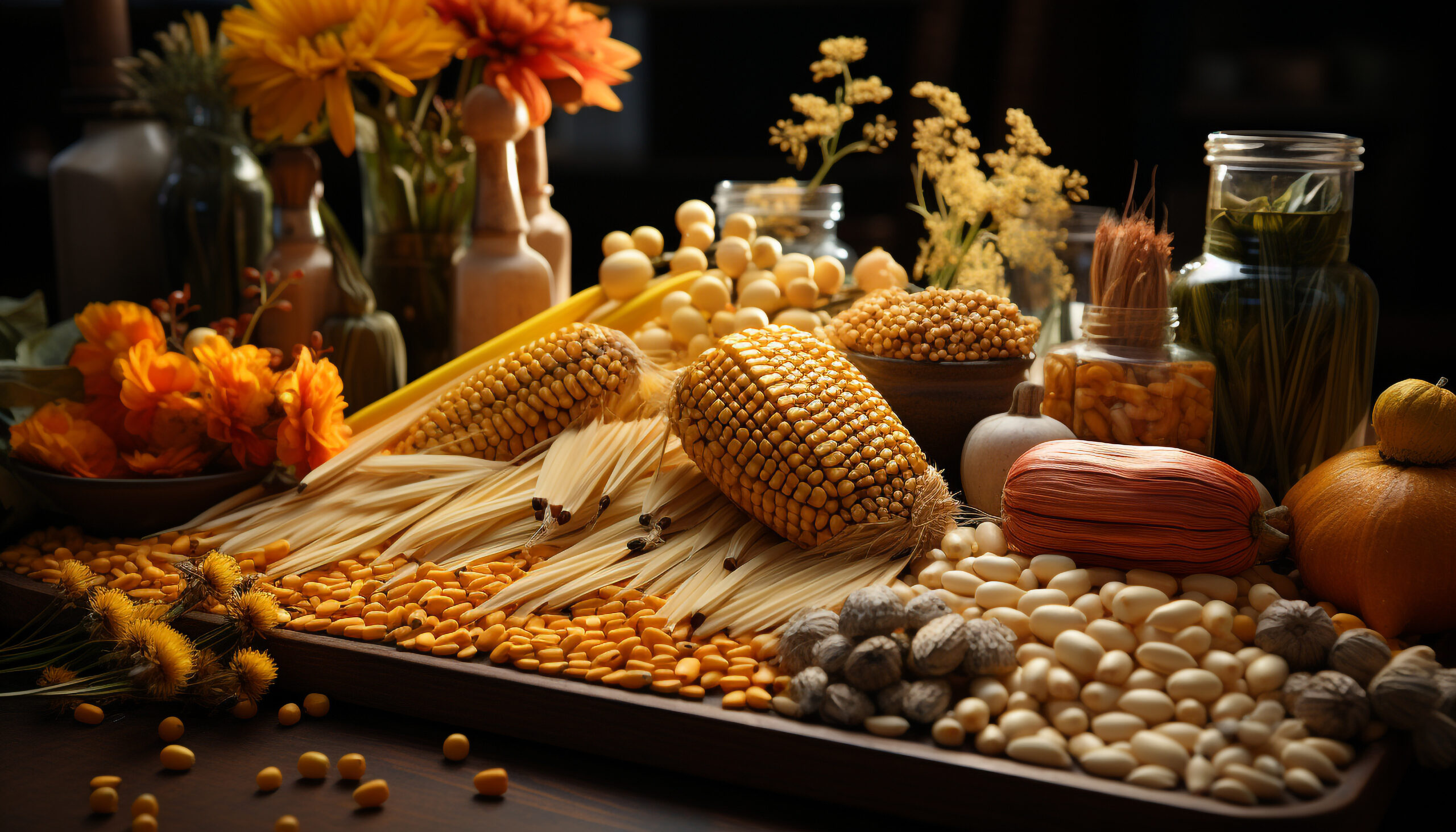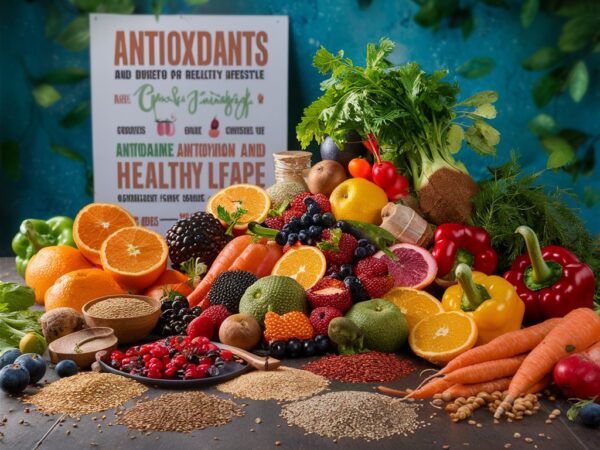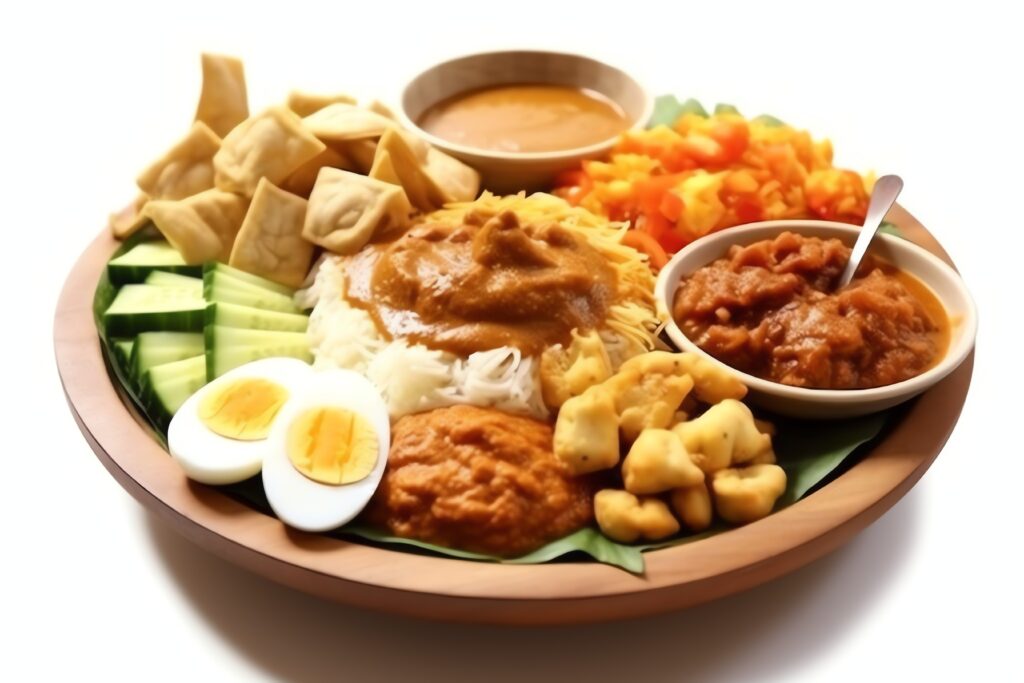
Introduction
Embark on a culinary journey to explore the untapped potential of Global Food Staples and unlock a world of health benefits. From quinoa in South America to turmeric in Asia, these diverse ingredients offer a plethora of nutritional advantages that can enhance overall well-being.
By delving into the unique properties and traditional uses of these Embark on a culinary journey to explore the untapped potential of Global Food Staples and unlock a world of health benefits, we can discover new ways to incorporate them into our diets and reap the rewards of a truly diverse and balanced approach to nutrition.
The Nutritional Global Food Staples of Each Continent
Africa: Sorghum and Millet Magic
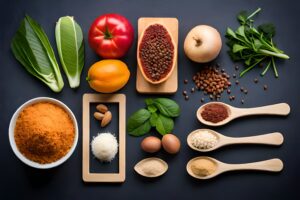
For centuries, Africa has relied on the nutritional powerhouses of sorghum and millet to sustain populations across the continent. These ancient grains are not only rich in essential nutrients like iron, magnesium, and fiber, but they are also gluten-free, making them a versatile choice for individuals with dietary restrictions.
Both sorghum and millet are known for their ability to thrive in harsh growing conditions, making them a resilient choice for farmers in Africa. These grains can be ground into flour for making bread or porridge, cooked whole as a side dish, or even brewed into a traditional beer, showcasing the diverse culinary uses of these Global Food Staples.
Asia: The Wonders of Rice and Legumes
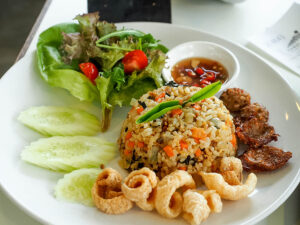
Legumes, such as lentils, chickpeas, and soybeans, are a staple in Asian cuisine and provide a powerful source of plant-based protein, fiber, and vitamins. Combined with rice, which is the most widely consumed staple food in the world, these legumes create a balanced meal that is not only nutritious but also delicious.
Asia’s diverse culinary landscape features a wide variety of rice varieties, from fragrant jasmine rice to sticky sushi rice, each offering unique flavors and textures. Legumes, on the other hand, can be found in dishes like dal in India, hummus in the Middle East, and tofu in East Asia, showcasing the versatility and adaptability of these healthy ingredients.
Asia, with its rich culinary traditions and diverse array of ingredients, offers a treasure trove of nutritional powerhouses that have sustained populations for generations.
Europe: Old World Grains and the Mediterranean Diet
²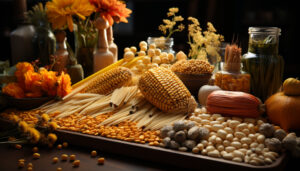
Rice may not be as ubiquitous in European cuisine as it is in Asia, but the continent boasts its own array of old-world grains that form the foundation of many traditional dishes. From hearty whole-grain bread in Germany to creamy risotto in Italy, these ancient grains provide a rich source of fiber, vitamins, and minerals.
Millet, a gluten-free grain that is commonly used in birdseed in some parts of the world, has been gaining popularity in Europe as a nutritious alternative to wheat and rice. This versatile grain can be used in porridges, pilafs, and even baked goods, offering a unique texture and flavor profile to dishes.
Americas: Maize, Beans, and Beyond

Beyond the well-known staples of maize (corn) and beans, the Americas offer a diverse range of indigenous superfoods that have been a key part of traditional diets for centuries. From quinoa in the Andes to chia seeds in Mexico, these nutrient-dense foods are packed with protein, omega-3 fatty acids, and antioxidants.
The culinary traditions of the Americas showcase the creativity and resourcefulness of indigenous communities, who have long understood the nutritional benefits of these Global Food Staples. Today, these superfoods are enjoyed not only for their health benefits but also for their unique flavors and textures that add depth to modern dishes.
Oceania: Indigenous Superfoods
Sorghum, a drought-resistant grain that is commonly grown in Oceania, is a nutritional powerhouse that has sustained populations in the region for centuries. High in antioxidants, fiber, and protein, sorghum offers a healthy alternative to other grains and can be used in a variety of dishes, from porridges to salads.
The indigenous superfoods of Oceania, including taro, yams, and coconut, provide a rich source of vitamins, minerals, and phytonutrients that contribute to the health and well-being of communities across the region. These Global Food Staples are not only delicious but also play a crucial role in preserving cultural traditions and promoting sustainable agriculture.
The Health Benefits of Cross-Cultural Diets
Incorporating Ancient Grains into Modern Meals
The incorporation of ancient grains into modern meals is a trend that is gaining momentum in the health and wellness community. These Global Food Staples, such as quinoa, farro, and amaranth, pack a powerful punch of protein, fiber, and antioxidants.
By swapping out refined grains for these ancient varieties, individuals can boost their nutritional intake and support optimal health.
The unique flavors and textures of ancient grains also add depth and variety to meals, making them a delicious and versatile addition to any diet. Whether used in salads, soups, or baked goods, these grains offer a satisfying way to enjoy the benefits of cross-cultural eating.
The Protective Properties of Varied Food Traditions
For centuries, diverse food traditions from around the world have offered a tapestry of health benefits. From the Mediterranean diet rich in olive oil and fish to the Japanese diet centered around rice and seafood, different cultural dietary patterns have been linked to lower rates of chronic diseases such as heart disease, diabetes, and cancer.
Grains, legumes, fruits, vegetables, and lean proteins are staples in many traditional diets, providing a balanced array of nutrients that support optimal health. By embracing a variety of food traditions, individuals can tap into a treasure trove of protective properties that promote well-being and longevity.
Grains play a central role in many cross-cultural diets, offering a rich source of energy, fiber, and essential nutrients. From the quinoa fields of South America to the rice paddies of Asia, grains have sustained populations for millennia, serving as the foundation of countless culinary traditions.
By incorporating a Global Food Staples and diverse array of grains into our diets, we can harness the health benefits of these ancient staples and support our overall well-being.
Overcoming Barriers to Nutritional Accessibility
Addressing Global Food Security
After decades of progress in reducing hunger globally, recent reports indicate a concerning rise in food insecurity. To combat this issue, it is crucial to address the underlying factors contributing to inadequate access to nutritious food. This includes tackling poverty, improving agricultural infrastructure, and promoting sustainable farming practices.
Efforts to enhance food security involve a multi-faceted approach, incorporating policies that support smallholder farmers, investing in nutrition-sensitive agriculture, and strengthening social protection programs.
By fostering collaboration between governments, international organizations, and local communities, we can work towards a future where every individual has reliable access to the nutrition they need for a healthy life.
Education and Cultural Exchange in Nutrition
On the journey to improving Global Food Staples, education plays a vital role in empowering individuals to make informed choices about their diets. By promoting nutritional literacy and fostering cultural exchange in food practices, we can create a more inclusive and diverse approach to healthy eating.
This includes celebrating traditional foodways, sharing knowledge about diverse ingredients, and embracing the culinary heritage of different communities.
To further promote education and cultural exchange in nutrition, initiatives such as community cooking classes, school gardening programs, and culinary exchange programs can help bridge cultural divides and promote a deeper understanding of the role food plays in our lives.
By embracing the diversity of global cuisines, we can cultivate a more inclusive and sustainable approach to nourishment for all.
Overcoming barriers to nutritional accessibility requires a comprehensive and collaborative effort that addresses both systemic challenges and cultural beliefs surrounding food.
By focusing on initiatives that promote food security, education, and cultural exchange in nutrition, we can pave the way for a healthier and more equitable food system for all individuals, regardless of where they are in the world.
Culinary Innovations and the Future of Food
Fusion Cuisine as a Vehicle for Nutrient Diversity
Cuisine has always been a form of art that transcends borders, blending together various culinary traditions to create unique and flavorful dishes.
Fusion cuisine not only tantalizes our taste buds but also serves as a vehicle for nutrient diversity. By combining ingredients from different parts of the world, fusion cuisine offers a wealth of nutrients and health benefits that cater to our ever-evolving dietary needs.
The Role of Technology in Food Science and Distribution
Fusion cuisine has been made more accessible and exciting through the role of technology in food science and distribution. From advanced food processing techniques to innovative delivery services, technology is revolutionizing the way we produce, distribute, and consume food.
This not only enhances the efficiency of the food industry but also opens up new possibilities for creating nutrient-rich meals that are both convenient and delicious.
Advancements in technologies such as food processing, preservation methods, and distribution networks have made it easier to source ingredients from around the globe, ensuring a year-round supply of fresh produce and exotic foods.
Additionally, technologies like food tracking systems and smart packaging are enhancing food safety standards and reducing food waste, contributing to a more sustainable and resilient food supply chain.
Conclusion
Now, armed with a deeper understanding of the health benefits of Global Food Staples, we can make informed choices to incorporate a variety of nutritious ingredients into our diets.
Whether it’s quinoa from South America, lentils from India, or kimchi from Korea, these diverse foods offer a wealth of essential nutrients that can support our overall well-being.
With an open mind and a willingness to explore new flavors and ingredients, we can truly experience the global tapestry of nutrition without borders.
FAQ
Q1: What is Nutrition Without Borders?
Nutrition Without Borders is a program focused on uncovering the health benefits of global food staples and promoting their consumption for improved nutrition.
Q2: Why is it important to explore global food staples for nutrition?
Global food staples offer a diverse range of nutrients that can contribute to a well-rounded and balanced diet, leading to better overall health and well-being.
Q3: What are some examples of global food staples with health benefits?
Examples of global food staples with health benefits include quinoa, a protein-rich grain, and moringa, a nutrient-dense leafy green with powerful antioxidant properties.
Q4: How can I incorporate global food staples into my diet?
Global Food Staples can be easily incorporated into your diet through simple recipes and cooking techniques, such as adding lentils to soups or salads, or using plantains as a substitute for traditional grains.
Q5: What are the potential benefits of including global food staples in my diet?
By including Global Food Staples in your diet, you can experience benefits such as improved nutritional intake, increased energy levels, and enhanced overall health and vitality.

